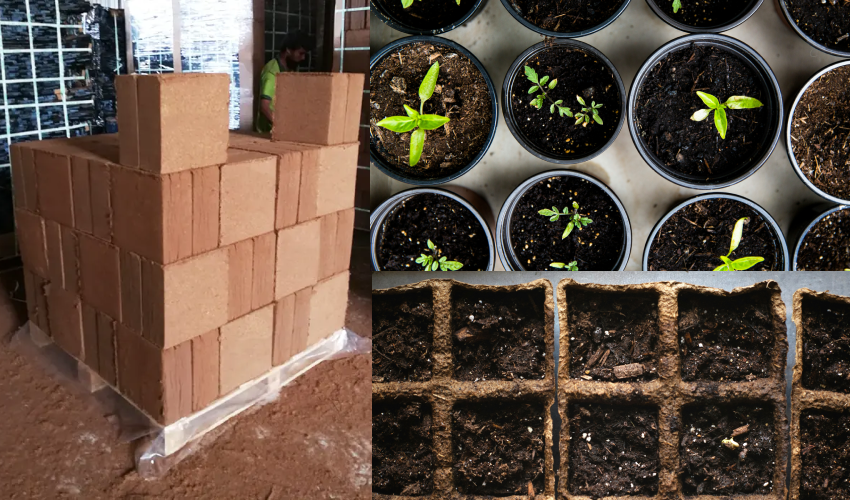
Coir peat, also known as coconut coir or coco peat is an organic material derived from the husk of coconuts. It is a by-product of the coconut industry and has become an increasingly popular choice in horticulture and agriculture due to its excellent water retention properties, lightweight nature, and sustainability. Unlike traditional peat moss, which comes from bogs and takes centuries to form, coir peat is renewable and environmentally friendly. Its versatility makes it a valuable resource in many areas, from home gardening to large-scale agricultural operations.
Coir peat has emerged as a versatile and sustainable material that plays a vital role in modern agriculture, gardening, and landscaping. Its ability to improve soil conditions, enhance water retention, and provide an environmentally friendly alternative to traditional peat moss makes it indispensable in a variety of settings. Whether in hydroponics, vertical farming, home gardening, or large-scale agricultural applications, coir peat contributes to healthier, more productive growing environments. Its renewable nature and low environmental impact make it an essential resource in promoting sustainable practices in cultivation and gardening.
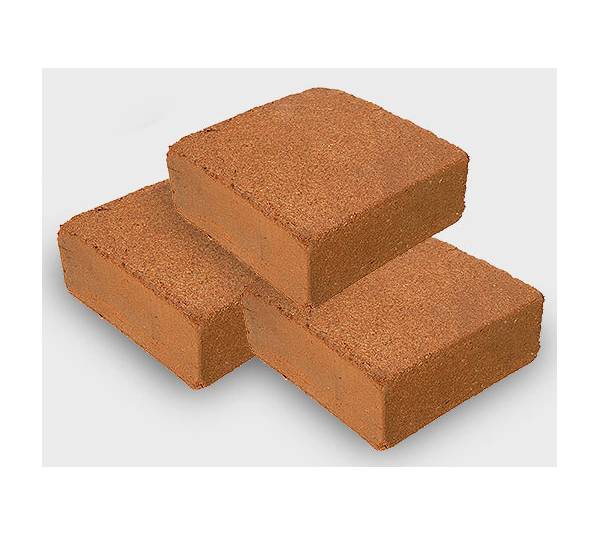
This is coir peat compressed into blocks or bricks. It expands when water is added, making it easy to store and handle. It's a popular form for home gardeners and growers who want to rehydrate and use the material when needed.
This is coir that has been processed into small, loose fibres. It's easy to mix with other soil amendments, and it provides excellent aeration and water retention. Loose coir peat is often used in hydroponics, potting mixes, and landscaping.
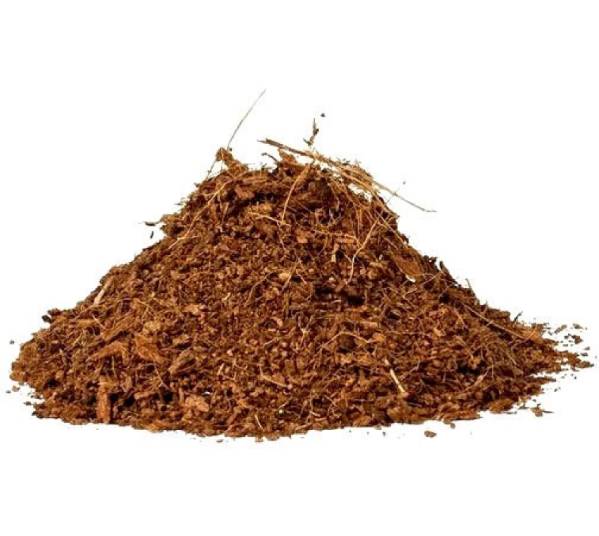
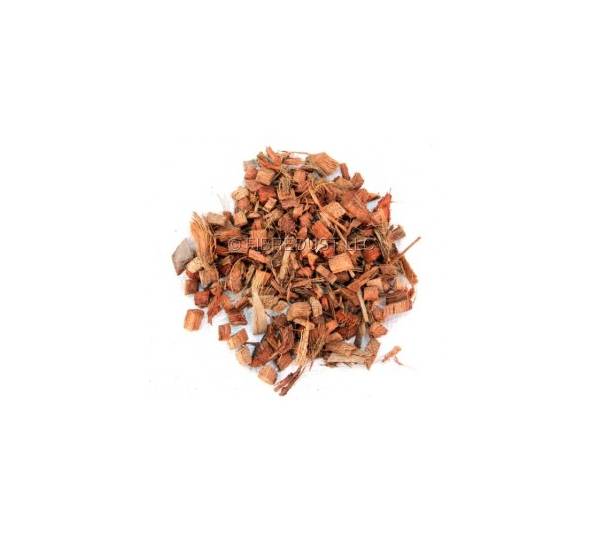
These are larger, chunkier pieces of coir and are commonly used for applications that need more aeration, such as in orchid growing or in larger containers. The chips allow for better airflow to plant roots.
Finely ground coir peat, typically used for mixing into potting soils and seed-starting mixes. It helps to retain moisture and improve soil structure.

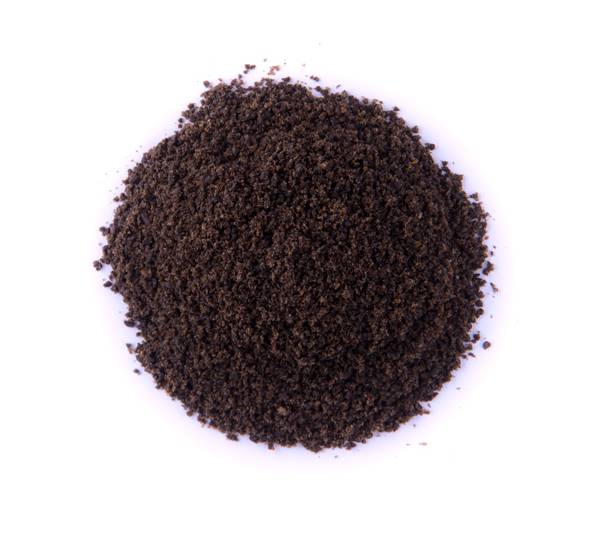
Some coir peat products are pre-mixed with fertilizers, providing an all-in-one solution for growing plants. These are commonly used in hydroponic systems, vertical farming, and professional horticulture.
Understanding the technical specifications helps growers select the right type of coir product based on their specific plant needs, growing environment, and cultivation system. Each have unique technical characteristics that make them suitable for various horticultural applications. These products are valued for their physical properties such as water retention, aeration, and structural integrity, which contribute to plant growth in both soil-based and soilless cultivation systems.
Coco peat typically has a low bulk density, ranging from 0.08 to 0.15 g/cm³ (grams per cubic centimeter). This allows it to be light and fluffy, improving aeration and reducing soil compaction.
Coco peat has an impressive water retention capacity, absorbing up to 8-9 times its weight in water. This makes it an excellent medium for retaining moisture in both hydroponic systems and soil-based applications.
Coco peat has a high **CEC** value, generally around 40-60 meq/100g. CEC is important because it indicates the material’s ability to retain and exchange essential nutrients like potassium, calcium, and magnesium. High CEC makes coco peat an effective medium for delivering nutrients to plants.
Coco peat typically has a pH range of 5.5 to 6.5, which is mildly acidic to neutral. This pH range is suitable for most plants, though it may need to be adjusted for more acidic or alkaline-loving plants.
The electrical conductivity of coco peat is an indicator of the level of soluble salts. High-quality coco peat usually has an **EC of 0.2 to 0.5 mS/cm** (millisiemens per centimeter) before being processed, which helps to minimize the risk of salt toxicity in plants. It is important to wash and buffer coco peat before use to ensure it does not have high salt content.
Coco peat typically has fine, medium, or coarse textures, depending on how it is processed. Fine coco peat is often used for seed starting, while coarser grades are used for hydroponic growing systems or as a soil amendment.
Quality coco peat is washed and buffered to remove excess salts and other contaminants like tannins. This ensures that the material is safe for plant use and does not damage sensitive root systems.
Coco peat expands significantly when hydrated, typically increasing its volume by **4 to 5 times** from its compressed form. This makes it easy to store in compact blocks or bricks before use.
Coco chips typically come in medium (5-15mm) and large (>15mm) particle sizes, though some finer grades may exist. The larger the chip, the more air is retained, improving aeration around plant roots.
Coco chips have a slightly higher bulk density compared to coco peat, ranging from 0.12 to 0.2 g/cm³. While they are still lightweight, the bulk density is higher due to the larger particle size.
Coco chips retain less water compared to coco peat but still offer excellent moisture retention, generally able to hold 4-5 times its weight in water. This makes them ideal for plants that require well-draining yet moisture-retentive conditions.
Coco chips have high air porosity, which encourages healthy root development by allowing air to circulate around the roots. This property is especially beneficial in hydroponic systems or when growing plants that require good root oxygenation.
The pH of coco chips is typically 5.5 to 6.5, which aligns with the same pH range as coco peat and suits most plant species.
Like coco peat, coco chips also have an EC of 0.2 to 0.5 mS/cm before being processed. However, as coco chips have lower nutrient-holding capacity, they are often mixed with other media like coco peat or perlite to improve nutrient availability.
Coco chips do not compress or expand as much as coco peat. However, they still expand when hydrated, though to a lesser extent. Their large, chunky structure helps to maintain an open, aerated root zone.
Coco peat powder consists of fine particles, often less than 0.5mm in size. This fine texture helps with seed germination and gives the soil mix a smooth, uniform texture.
The bulk density of coco peat powder is relatively high compared to coarser coco products, typically around 0.1 to 0.2 g/cm³, depending on the level of compaction.
Coco peat powder retains a significant amount of water, with the capacity to absorb up to 8-9 times its weight in water, similar to coco peat in block or loose form. Its fine texture helps retain moisture, making it suitable for seed-starting mixes and indoor plants that need consistent moisture.
Although coco peat powder retains moisture, it has a slightly lower air porosity compared to coco chips. It is often blended with other coarse materials like perlite or coco chips to improve drainage and aeration in potting mixes.
The pH of coco peat powder is also 5.5 to 6.5, which is neutral to slightly acidic and fits the pH preferences of most plants.
The CEC of coco peat powder is typically around 40-60 meq/100g, which is similar to coarser grades of coco peat. This high CEC ensures that the material can hold onto essential nutrients and release them to the plant roots over time.
Coco peat powder generally has an EC range of 0.3 to 0.5 mS/cm before processing, but like all coco products, it is often washed and buffered to remove excess salts to avoid harming sensitive seedlings.
Being finely ground, coco peat powder tends to compress more than coarser grades. It expands when hydrated, increasing its volume by up to 4-5 times.
Ideal for large-scale gardeners, it’s easy to store and transport, expanding quickly when hydrated. Suitable for container gardening and as a soil amendment for lawns or large beds.
Primarily used for potting mixes and adding to garden soil. It improves aeration and moisture retention, making it ideal for growing vegetables, flowers, and herbs in pots or raised beds.
Used for orchids, succulent plants, and other species that require excellent drainage and aeration. It’s also used in hydroponics and as a mulch for soil protection.
Best for seed starting, as it provides a light, airy substrate that encourages strong root growth and germination.
Often used in hydroponics or other soilless growing systems where plants need a balanced supply of nutrients. It’s also used in vertical farming setups for efficient plant growth in controlled environments.
Coir peat is highly valuable in areas where the soil is unsuitable for agriculture. In regions with compacted, sandy, saline, or nutrient-poor soils, coir peat can significantly improve soil conditions. It enhances soil structure, making it lighter and better aerated, which allows plant roots to grow more freely. It also increases water retention, reducing the frequency of watering in dry climates. This makes coir peat particularly beneficial in arid regions or areas with poor-quality soils.
When mixed with soil, coir peat can help break down heavy clay soils, improve drainage in sandy soils, and add much-needed organic material to nutrient-deficient ground. It’s an effective way to make soil more suitable for a wide range of plants, from vegetables to ornamental flowers.
Hydroponics is a method of growing plants without soil, using a nutrient-rich water solution to feed the plants. Coir peat plays an essential role in hydroponics systems due to its excellent water retention and aeration properties. In hydroponic systems, coir peat serves as a growing medium that holds the roots in place while allowing them to access the nutrients dissolved in water.
Coir peat’s natural ability to retain moisture while maintaining air pockets helps prevent root rot and promotes healthier plant growth. Additionally, it’s free from pathogens, making it a safe choice for hydroponic systems. Coir peat can also be re-used in hydroponic systems, which helps reduce the environmental impact of growing crops.
Vertical farming, the practice of growing crops in stacked layers or vertically, relies on maximizing space and minimizing the need for land. Coir peat is an essential component in vertical farming because of its ability to retain moisture and provide a lightweight, aerated medium for plants to grow in.
In vertical farming systems, coir peat is used in growing trays, towers, and hydroponic systems, offering a sustainable growing medium that is both lightweight and highly effective in retaining water and nutrients. It’s particularly valuable in urban farming, where space is limited, and water efficiency is crucial.
Coir peat is incredibly beneficial for home gardeners and those involved in vertical gardening, as it improves soil structure and promotes plant health. For home gardeners, coir peat can be mixed with other potting materials to create the ideal environment for growing plants in containers, raised beds, or even small urban farms.
In vertical gardening, where plants are grown in small spaces or wall-mounted structures, coir peat is often used to create an efficient growing medium that holds water and nutrients without the risk of soil compaction. Its ability to retain moisture while also offering good drainage makes it perfect for vertical systems, where water and air circulation need to be carefully balanced.
Coir peat is increasingly being used in landscaping for its ability to improve soil structure, increase water retention, and enhance root growth. It is often used in the creation of raised garden beds, lawns, and flower beds. Coir peat is also a common choice for mulching, as it helps retain moisture in the soil, reduce weed growth, and maintain a stable temperature for plant roots.
In addition to being used in traditional landscaping, coir peat is also used in erosion control and in creating green roofs and living walls. It provides an environmentally friendly solution for sustainable landscaping practices, reducing the need for chemical fertilizers and irrigation systems.